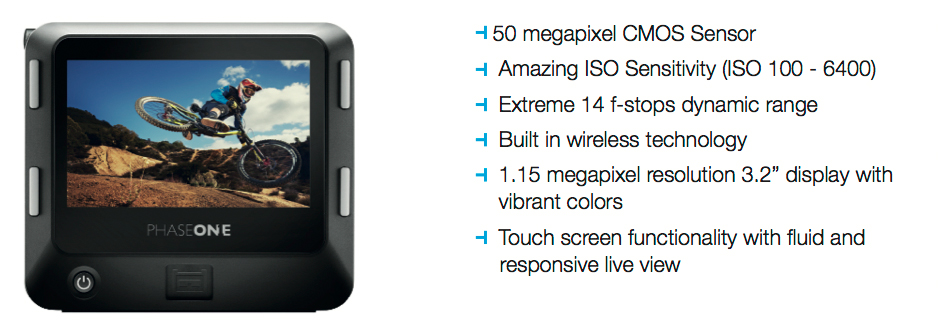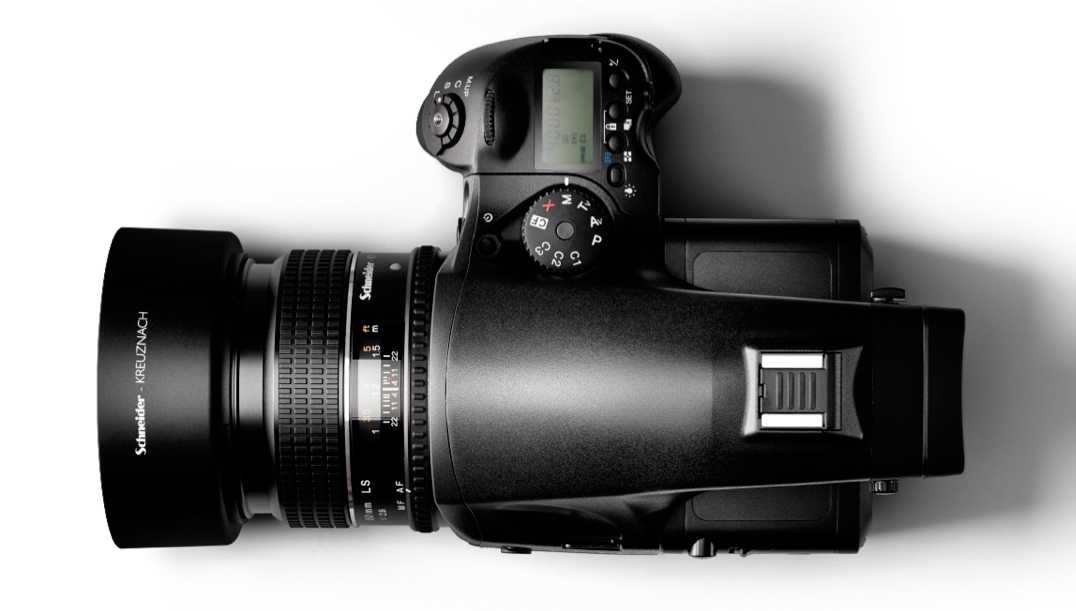
The Phase One IQ250 was introduced back on January 24, 2014 as the world’s first CMOS-based medium format digital camera back. It lets photographers capture stunning imagery in available light — virtually anywhere, at any time.
Photographers Sal and Taylor Cincotta got their hands on the new Phase One IQ250 and the results are in: It’s outstanding.
Cincotta calls the IQ250 a “game changer” and that he was “just blown away.” And after taking a look at the images and ISO values; I think you will be too.
Sal photographed his wife, Taylor to show us what we can expect from Phase One. First, as you can see, undeniably, amazing, all round image quality:

ISO 100
80mm
f/4
1/160 sec
4 Alien Bee 800s with 2 soft boxes in the front and 2 kicker lights in the back to light up the chiffon.
Now, check this out:

ISO 3200
80mm
f/11
1/125 sec
Available light
That’s right: ISO 3200. If you have had any experience with a Phase or a ‘Hassy’, you know that ISO 3200 is actually mind blowing! With a Sony sensor size of 44 x 33mm, the Phase One IQ250 is 68% larger than even high-end conventional full-frame SLRs like the Nikon D800 or Canon 5D Mark III. With the widest usable ISO range of any medium format camera system, the IQ250 also features 14 f-stops of dynamic range. And, the file is clean:

Interview with Sal Cincotta
I had a few more questions for Sal on his experience thus far with the IQ250, and he was kind enough to give us some more details.
Adam: Are you noticing anything with 1.3 crop on the sensor?
Sal: Yes, it’s very different. In the view finder, things appear as full sensor – however once you make a shot, you will see on the screen the cropped image. This, to me is problematic especially when it comes to composition: cutting off feet or fingers, etc. There is a mask that fits in the viewfinder to solve this problem. However, at the time of testing, I did not have that.
Adam: How are you planning to use the IQ250 in weddings?
Sal: The IQ250 will be used as my primary camera for everything. Since I am the main shooter, all primary shots will come off the IQ250. That being said, the Phase One will have to balance out with my second shooter who will be working with a DSLR, at least until the studio can afford two of these ‘bad boys.’
Adam: Do you think there will be a balance between shooting with a medium format and DSLR?
Sal: My goal is “no,” on a main shooter level. I don’t want to have to carry all sorts of different camera bodies with me to an event; that just creates more weight. I think the IQ250 is going to be able to work in 95% of the conditions I need it in. The only reason I don’t say “100%” is because I just haven’t had a chance to put it in a real world scenario at weddings. Although, the initial testing looks very, very promising.
Adam: What kind of business or competitive edge do you think shooting with the IQ250 give you in the marketplace? Will potential clients see the difference and be willing to pay a premium?
Sal: We strive to be a high end studio. The average wedding spends north of $10K with us. Consequently, we need to put out images that look better, have more depth and range. Am I 100% confident that I will be able to “sell” this to clients? No way. Clients don’t understand all this ‘techno-mumbo-jumbo.” But, they do understand if something looks better, if something is sharper, if something has more detail, etc. That’s what I am banking on.
[REWIND: Join our Wedding Photography Workshop in the Bahamas! May 28th-June 1]
My Experience with Phase One
Personally, we invested in a Phase One P65+ system this year for my photography studio. We were able to save money by going with a refurbished back. And by “refurbished,” I mean only slightly — it came with a very low shutter count. I think we were around $30K for a kit with two lenses. Expensive, if you put down cash. Pretty reasonable if you do what we did; lease.
Ultimately, your decision to invest in a digital medium format system should be strictly a business one. Also, keep in mind the upgrade in tech’ infrastructure and learning Capture One (for Phase One) that is also needed. But honestly, I feel it’s the best equipment decision I’ve made.
I just talked to my dealer and I’ll get my hands on an IQ250 in about 3 weeks, but if Sal’s experience is any indication? I should be getting very excited!
[Via @Behind the Shutter]
Thanks to Sal Cincotta for his candor and willingness to share his experience.






Get Connected!